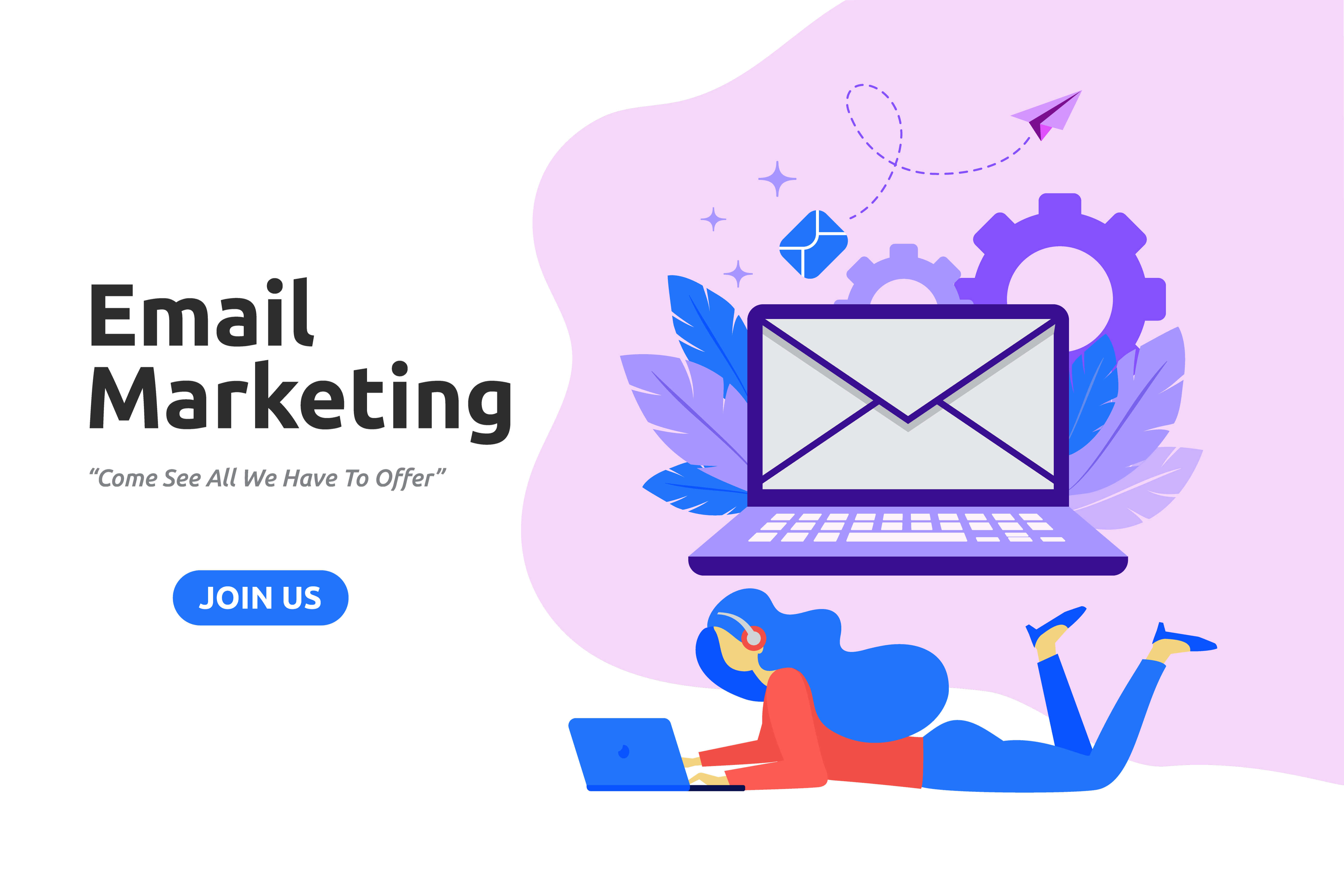Business is all about being customer oriented and coming up with new engaging plans to build rapport with customers. Making timely emails, reminding customers to finish their task, providing proper confirmation, catering them with right targeted content and many more. All these things are possible when using automation tools offered by Snovio.
I came to know about it recently, so mark my words as this new technology is tried and tested by me for my own business. The reasons I love to do business with this platform are not so numerous but they are valuable.
How you will benefit from using Snovio
Snovio Email Drip Campaigns is a tool that might be used for many purposes. Here are some points you might benefit from.
●Warm the leads up:
There is no harm in little persuasion if the customer is interested. So to make them interested in your services or good, they need to have prior knowledge about the company or the type of service you provide, so that they will be interested in you.
In order to make this happen, you need to activate the customers by providing with the right content. This process is called “warming up” in this field. It might be of any form like a blog post, or a piece of information on how to use the platform or service, or an email asking for their expectations and possible questions.
●Locking the customer:
Once the customer is enough interested in the service, you need to lock the customer with you, by providing them more information about the topic they are interested in. This kind of actions will make sure that you will have that customer for a long period. Sending them messages regularly will show your determinism towards the customers and things like these will help you win the heart of the customer. Snovio tool provides users with the right tools which are required for any business to reach marketing and sales success.
●Converting lead:
Once you make the customer comfortable in reading and understanding the service or content, it is the time to move towards making the sale which will be beneficial for an interested customer or a business owner.
Drip Campaigns features:
The tool is completely free but provides users with paid plans as well. All the features are unlocked within the free plan and you can use the tool to the fullest. Let me provide you with a list of features that will help you skyrocket the business:
- email campaign templates to save time and not to create a new email campaign every time you need one;
- email templates to send pre-written plain-text messages;
- personalization variables to add a human touch to every email and build relationships with the leads;
- triggers and delays to spread the emails regularly, not like a spammer;
- goals and statistics to see how well the campaign and every message in particular perform.
Enjoy it to the full:
All the benefits and features mentioned above are really working and you can try the platform today. You can sign up right now and enjoy all the features for free. With drip emails campaign, you can reach out to target people, warm them up, and later convert, thus increase sales. Isn’t that the goal you are aiming to?
Read Also:






















